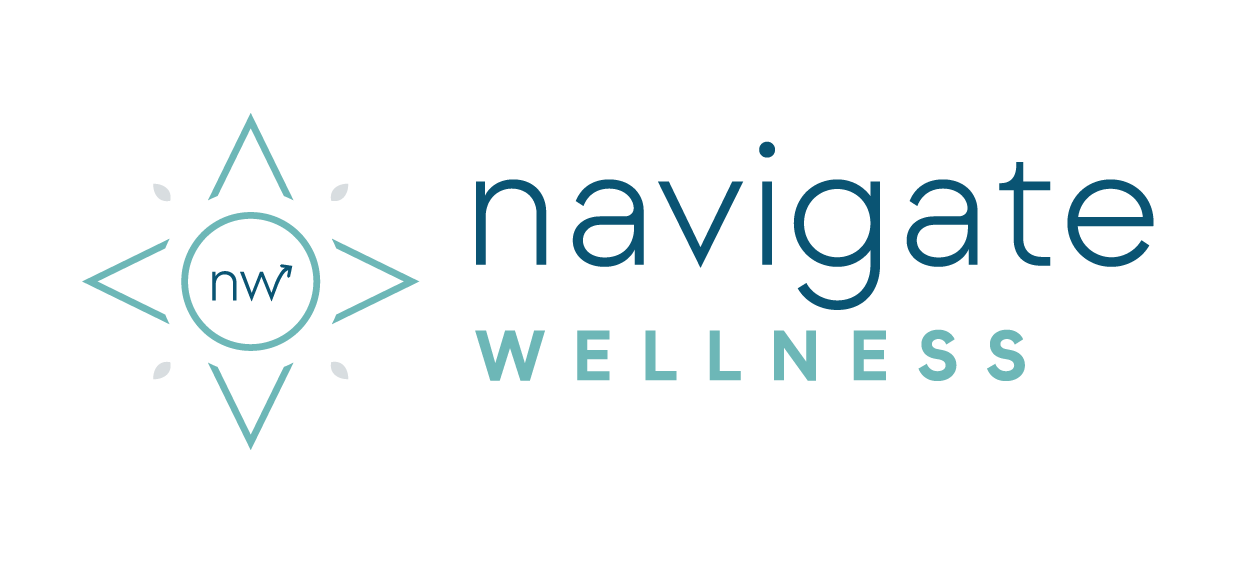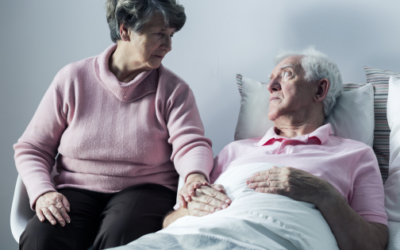We’re on a mission to help older adults age well and support their loved ones in the process. We recently shared a content series, educating about death, its processes, and how we offer support during this time. Here’s the recap of our series!
Death is Not The Enemy
We think of death as a dancing partner, not as the enemy. When you focus only on the quantity of life, you’re operating out of fear and you’ll miss the moment trying to squeeze out more life from your loved one.
It can be hard to hear and try to understand, but when your loved one is dying, making sure their QUALITY of life is great should be your biggest concern.
Take it from someone who has witnessed many deaths – don’t miss the moments you have left with your loved one by trying to make sure they get a longer life, despite their discomfort.
If You Talk About Death, You’ll Live a Better Life
Death is a process. And one of the most difficult things is understanding that it’s not always a bad process. But once you embrace the thought of death, you’re allowing yourself to have a fuller life. Talking about death results in introspection. It empowers you to make the best decisions for your loved one.
If you allow your loved one to be the only one’s thinking about their death, you put yourself in a position where nobody knows how to work upon your loved one’s best interests.
Sometimes these processes have outcomes that we don’t necessarily want, but those outcomes might be what’s best for your loved one.
The more you can plan and talk about the death, the better experience you’ll have memorializing your loved one once they pass.
Understanding Dying vs Active Dying
Here’s the breakdown:
- Dying – declining health when interventions no longer offer additional quantity of life.
- Active dying – normally irregular breathing, modeling – purple extremities, high fever, loss of consciousness.
When you think about someone who is dying, it’s likely you’re thinking about someone who is actively dying. During active dying, it’s part of a process that we can’t change.
Dying is an overall decline in health your loved one experiences. It’s the acceptance of a downward spiral that we’re not going to reverse.
Understanding this difference can help you offer the best level of care for your loved one during this part of their life.
When to Intervene vs Not
When your loved one is actively dying, it’s normal to want to make them as comfortable as possible. But, it’s important to understand that your nurturing behavior and actions can cause problems when your loved one’s organs are shutting down.
Your body knows how to die and is very good at prioritizing what it needs. Your body understands that when you’re dying, you don’t have to worry about future nutrients. During this process, it shuts down preemptively.
It might sound like an unpleasant experience, but during this time, your body created an euphoric response that gives you a little high. This response tells your body tells your loved one not to panic and releases all anxiety.
This euphoric response can be disrupted when you try to feed your loved one. When your loved one is force fed, you’re kicking their GI system into overdrive. What was once in the process of peacefully shutting down has not been disrupted, leaving your loved one uncomfortable.
To feel supportive of your loved one during this time, you can be present, and patient. Let their body do the work, to create peace and comfort.
How to Support Your Aging Parent When One Parent Passes Away
It’s common that when two older adults are aging together, they tend to make up for each other’s shortcomings. After losing one parent, you might realize that your parent who’s passed was really a care manager that wasn’t being paid.
This can result in new problems that come just from the grieving process. We see dying not only as a physical process, but a mental and emotional process as well. Now is a good time to review all the things that go into daily living, like making sure they are eating, taking their medication, sleeping, and taking care of themselves.
During this time, you most likely will experience an overwhelming sense of grief. That grief is a direct reflection of the amount of love that you have for that person.
It can be a challenge, but do what you can to embrace grief head on and consider it a measure of your love for your loved one.
Now you have more information on the dying process as well as some strategies your family can use to manage during this time.
Just know, we not only help people live life to the fullest, we also ensure their death goes as smoothly as possible.
If your family is going through a shift and you could benefit from some support, schedule a free Clarity Call.




